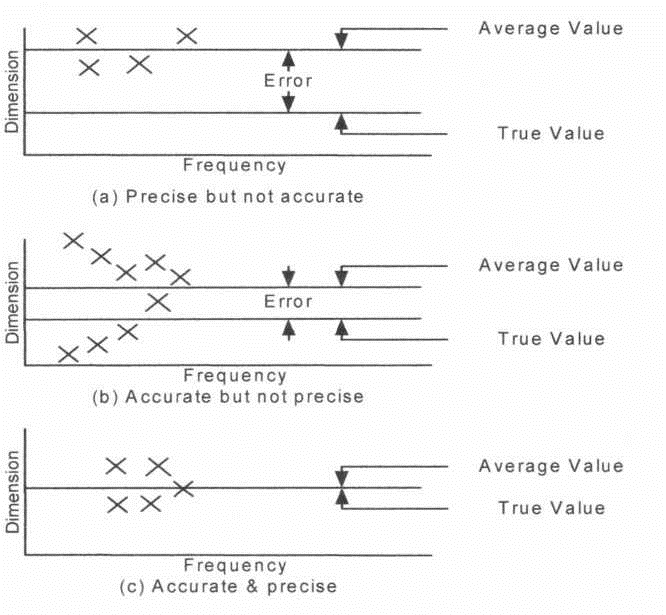
- •Методичні рекомендації до вивчення фахової термінології з метрології для студентів освітньо- кваліфікаційного рівня бакалавра
- •Передмова
- •Section 1 concepts of measurement
- •Metrology and its types
- •Importance of metrology and its aims
- •Metrology at work
- •Skills, training, and advancement
- •Methods of measurement
- •Indirect method of measurement:
- •Units of measurement
- •Certification
- •Standards
- •Text 9
- •Sensitivity
- •Vernier scale
- •Errors in measurements
- •Measurement uncertainty
- •Uncertainty evaluation
- •Section 2 history of measurements
- •Egyptian cubit
- •Babylonian foot
- •Early measurements in europe
- •Ideas of international system of measurement
- •Metric system
- •British opposition
- •Necessity of timekeeping
- •Calendars
- •Mechanical clocks
- •Longtitude and absolute time
- •Clocks and wristwatches
- •First weight standards
- •Weighing
- •The kilogram
- •Technical terms
- •Додаток Physical Quantities and its unit
- •Metric convertion chart
- •Список літератури
- •Generalized Measurement system
Text 9
ACCURACY OF MEASUREMENTS
The purpose of measurement is to determine the true dimensions of a part. But no measurement can be made absolutely accurate. There is always some error. The amount of error depends upon the following factors:
The accuracy and design of the measuring instrument
The skill of the operator
Method adopted for measurement
Temperature variations
Elastic deformation of the part or instrument etc.
Thus, the true dimension of the part cannot be determined but can only by approximate. The agreement of the measured value with the true value of the measured quantity is called accuracy. If the measurement of dimensions of a part approximates very closely to the true value of that dimension, it is said to be accurate. Thus the term accuracy denotes the closeness of the measured value with the true value. The difference between the measured value and the true value is the error of measurement. The lesser the error, the more is the accuracy.
Precision
The terms precision and accuracy are used in connection with the performance of the instrument. Precision is the repeatability of the measuring process. It refers to the group of measurements for the same characteristics under identical conditions. It indicates to what extent the identically performed measurements agree with each other. If the instrument is not precise it will give different (widely varying) results for the same dimension when measured again and again. The set of observations will scatter about the mean. The scatter of these measurements is designated as o, the standard deviation. It is used as an index of precision. The less the scattering, the more precise is the instrument. Thus, the lower the value of a, the more precise is the instrument.
Accuracy
Accuracy is the degree to which the measured value of the quality characteristic agrees with the true value. The difference between the true value and the measured value is known to be the error of measurement. It is practically difficult to measure exactly the true value and therefore a set of observations is made whose mean value is taken as the true value of the quality measured.
Accuracy is very often confused with precision though much different. The distinction between the precision and accuracy will become clear by the following example. Several measurements are made on a component by different types of instruments (A, B and C respectively)

and the results are plotted. In any set of measurements, the individual measurements are scattered about the mean, and the precision signifies how well the various measurements performed by same instrument on the same quality characteristic agree with each other. The difference between the mean of the set of readings on the same quality characteristic and the true value is called as error. The less the error, the more accurate is the instrument. Figure shows that the instrument A is precise since the results of number of measurements are close to the average value hence it is not accurate. The readings taken by the instruments are scattered much from the average value and hence it is not precise but accurate as there is a small difference between the average value and true value.
LESSON 5
TEXT 10
